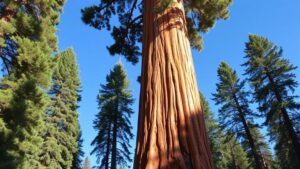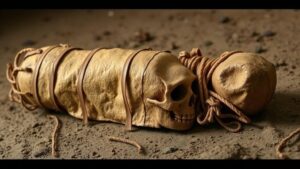Searching for pre-Columbian cities in the Caribbean islands, overshadowed by European colonization.
Searching for Pre-Columbian Cities in the Caribbean Islands
The Caribbean islands are often viewed through the lens of European colonization, which began in the late 15th century when Christopher Columbus arrived in 1492. But, long before European powers set foot on these shores, diverse and complex civilizations thrived across the islands. This article delves into the quest to rediscover these pre-Columbian societies, shedding light on their architecture, culture, and the impact of their European counterparts.
Pre-Columbian Civilizations of the Caribbean
The history of the Caribbeans pre-Columbian civilizations is rich and varied. Among the most notable groups were the Taíno, Arawak, and Carib peoples, who inhabited various islands throughout the region. Archaeological findings suggest that these groups were not only skilled farmers but also engaged in trade and held complex social structures.
The Taíno, in particular, are recognized for their significant footprint across the Greater Antilles. At the time of European contact, they had developed community-centric settlements known as yucayeques. These villages often featured large communal houses, called bohios, constructed from thatched roofs and local materials.
Geographical Distribution and Discoveries
Archaeological evidence indicates that major settlements were located across various Caribbean islands, including:
- Cuba: Notable sites include the city of La Havana, where extensive Taíno artifacts have been unearthed.
- Dominican Republic: The Cibao Valley is home to the archaeological site of La Isabela, founded by Columbus, surrounded by remnants of pre-Columbian settlements.
- Puerto Rico: The site of Caguana features ceremonial plazas and petroglyphs that highlight the Taíno culture.
- Jamaica: Early inhabitants left behind cave drawings and remnants of dwellings in areas such as the Blue Mountains.
Recent archaeological methods, such as ground-penetrating radar and advanced carbon dating, have enabled scientists to uncover long-hidden structures and artifacts. For example, ongoing excavations at the site of Caguana in Puerto Rico have revealed over 30 distinct petroglyphs, providing insight into Taíno religious rituals and cultural practices.
The Impact of European Colonization
The arrival of European colonizers drastically transformed the landscape of the Caribbean. In their quest for gold and land, they brought with them diseases that devastated the local populations, along with military conquests that dismantled the established societies. By the late 16th century, it is estimated that the Taíno population had decreased by over 90% due to these factors.
The effacement of these cultures has significant ramifications for our understanding of Caribbean history. Some historians argue that the erasure of pre-Columbian achievements has led to a monolithic view of Caribbean identity. This perspective often overlooks the indigenous contributions to agriculture, social organization, and even navigation.
Ongoing Research and Preservation Efforts
In recent years, efforts to recover and preserve pre-Columbian heritage have gained momentum. Various organizations are collaborating with indigenous communities to ensure that the history and culture of these societies are not only recognized but celebrated. e preservation efforts include:
- Training local archaeologists: Programs aim to empower local communities by educating them on their heritage and involving them in archaeological initiatives.
- Creating cultural heritage sites: Areas such as the Taino Petroglyphs in Cuba developed into educational attractions that highlight the artistry and symbolism of the pre-Columbian era.
Also, the establishment of national and international regulations regarding the protection of archaeological sites has proven essential in ensuring that future generations can learn from the past.
Conclusion: Rediscovering the Caribbean’s Indigenous Heritage
The search for pre-Columbian cities in the Caribbean is not just an archaeological pursuit; it’s a reclamation of lost history. Through ongoing research, community efforts, and international cooperation, we can better understand the pre-Columbian civilizations that once flourished in these islands. By revisiting this rich heritage, contemporary society gains an opportunity to appreciate the complexity of its past and recognize the lasting impact of indigenous cultures in shaping the Caribbean’s identity.
As we continue to explore and uncover these ancient societies, it is imperative to foster dialogue and education regarding their significance. history of the Caribbean is indeed more than the sum of its colonizers; it encompasses the vibrant and varied stories of its first inhabitants.



